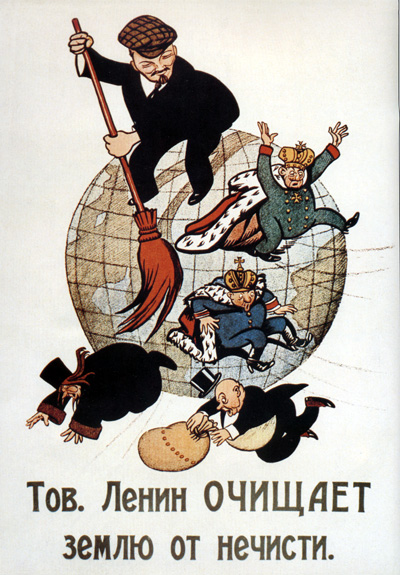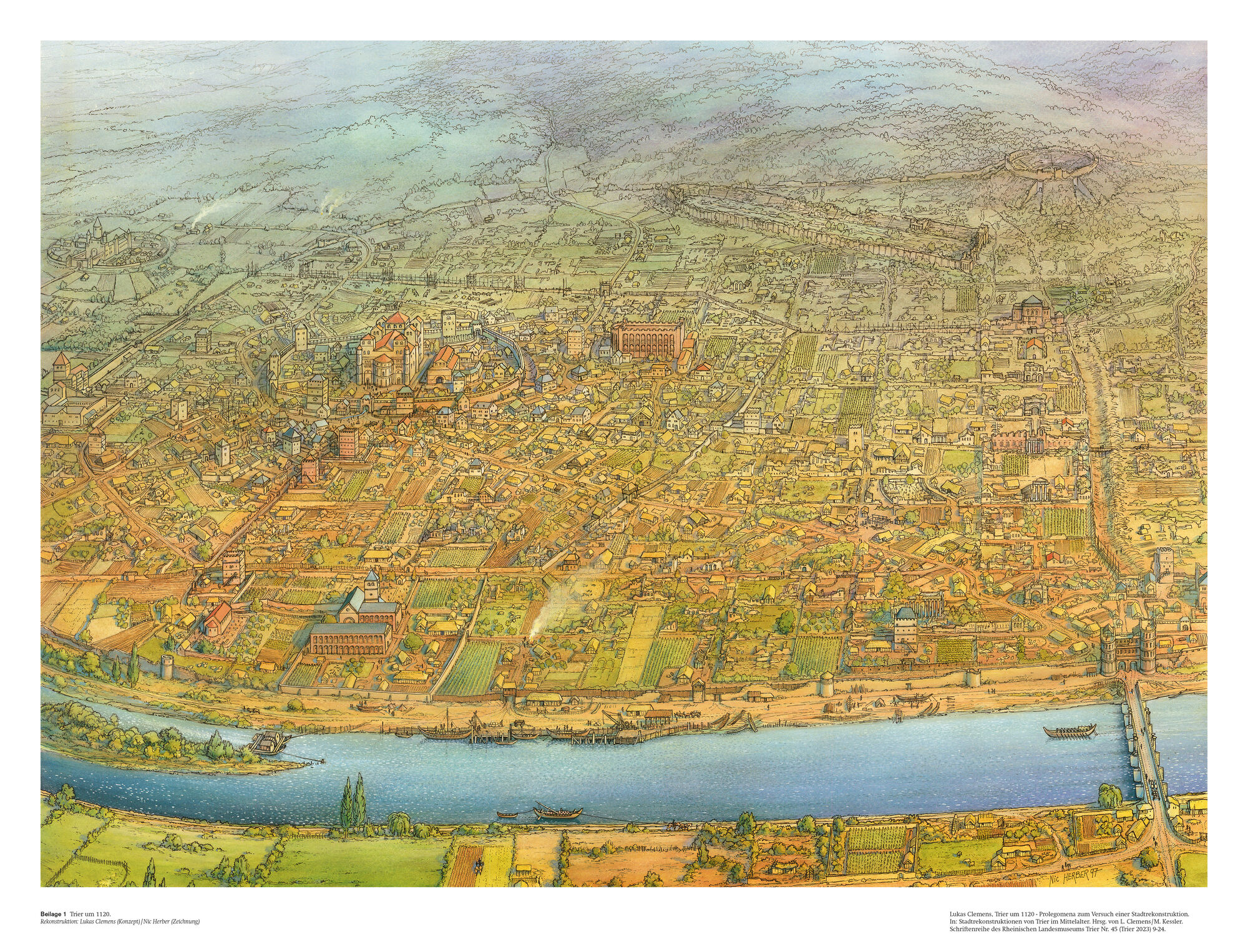this post was submitted on 09 May 2024
54 points (100.0% liked)
History
23672 readers
122 users here now
Welcome to c/history! History is written by the posters.
c/history is a comm for discussion about history so feel free to talk and post about articles, books, videos, events or historical figures you find interesting
Please read the Hexbear Code of Conduct and remember...we're all comrades here.
Do not post reactionary or imperialist takes (criticism is fine, but don't pull nonsense from whatever chud author is out there).
When sharing historical facts, remember to provide credible souces or citations.
Historical Disinformation will be removed

founded 5 years ago
MODERATORS
you are viewing a single comment's thread
view the rest of the comments
view the rest of the comments

these are incredible. the upper right section, outside the wall. my guess is the baby volcano thing is the old roman amphitheater... but try as i might, i cannot figure out what that also-probably-roman and very long structure is to its left (northeast of the amphitheater, east of the city). by the 1400s the structure seems to be gone and all that remains is a depression converted into farm land.
it's massive... some kind of old colosseum for like chariot racing?
Exactly! It is called a Circus. Though one might be more familiar with the Greek name, Hippodrome.
wow, it's incredible! the two images sent me on a rabbit hole trying to investigate the city. the history of it is amazing. can't imagine living in the shadow of ancient imperial infrastructure. in the US, it's more frequently like, "on this site, there was a very retro-futurist looking McDonalds in the 1970s. we can only imagine what sorts of burgers and sodas they once ordered. today, we can enter the more modern-looking and sleek McDonalds built on the old site."
Don't forget the pueblo culture or Mississippian culture. The US isn't as densely filled with ancient infrastructure but it's there
yeah sure. I've been to Chaco and Mesa Verde and they are awesome etc, but the settler culture was hostile to the earlier peoples and obliterated everything it could recognize near the settler developments.
That's how it usually goes, either the outer circuit of the circus and amphitheaters are used as support walls for housing, the entire thing is turned into a ramshackle fortress for a feudal petty noble or the flat space is used for farming by local peasantry who don't need to clear any rubble.
Here's a visual reconstruction for comparison of the city during Roman times by archaeologist Jean Claude Golvin
Also, for an interesting historical sweep of where things turned out, here's a pictoral map made of the city in 1953, still largely bombed out following WWII.
imagine chilling in that huge ruin in 1120
map of Roman sites in the city https://en.wikipedia.org/wiki/File:Augusta_Treverorum_Stadtplan.png
the hippodrom , the old roman horserace track, in the 1430 one they stole all the stone and only a hole is left.
Trier was capital ofthe roman empire for some years (or some of its subdivisions) thats why romans build a lot in it.
I thought the "volcano" might be a "motte and bailey" castle but maybe not
it was , it was part of the city fortification ( btw why not put it inside as a hole looks wierd with the wall exluding it